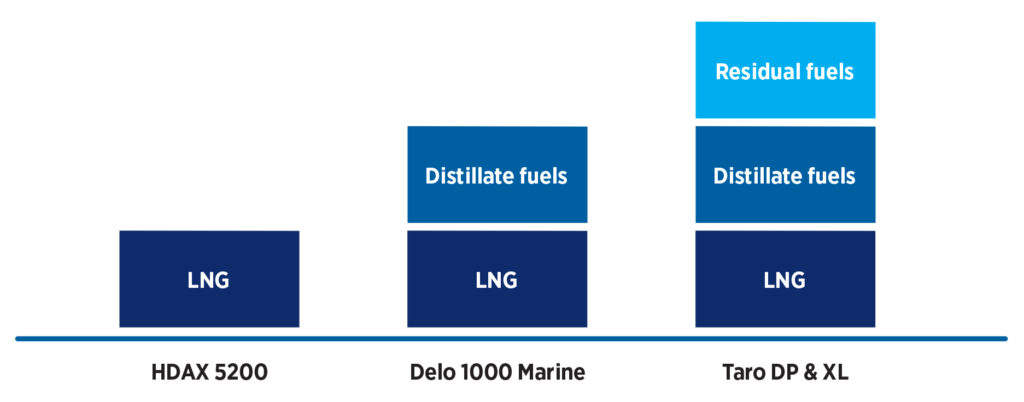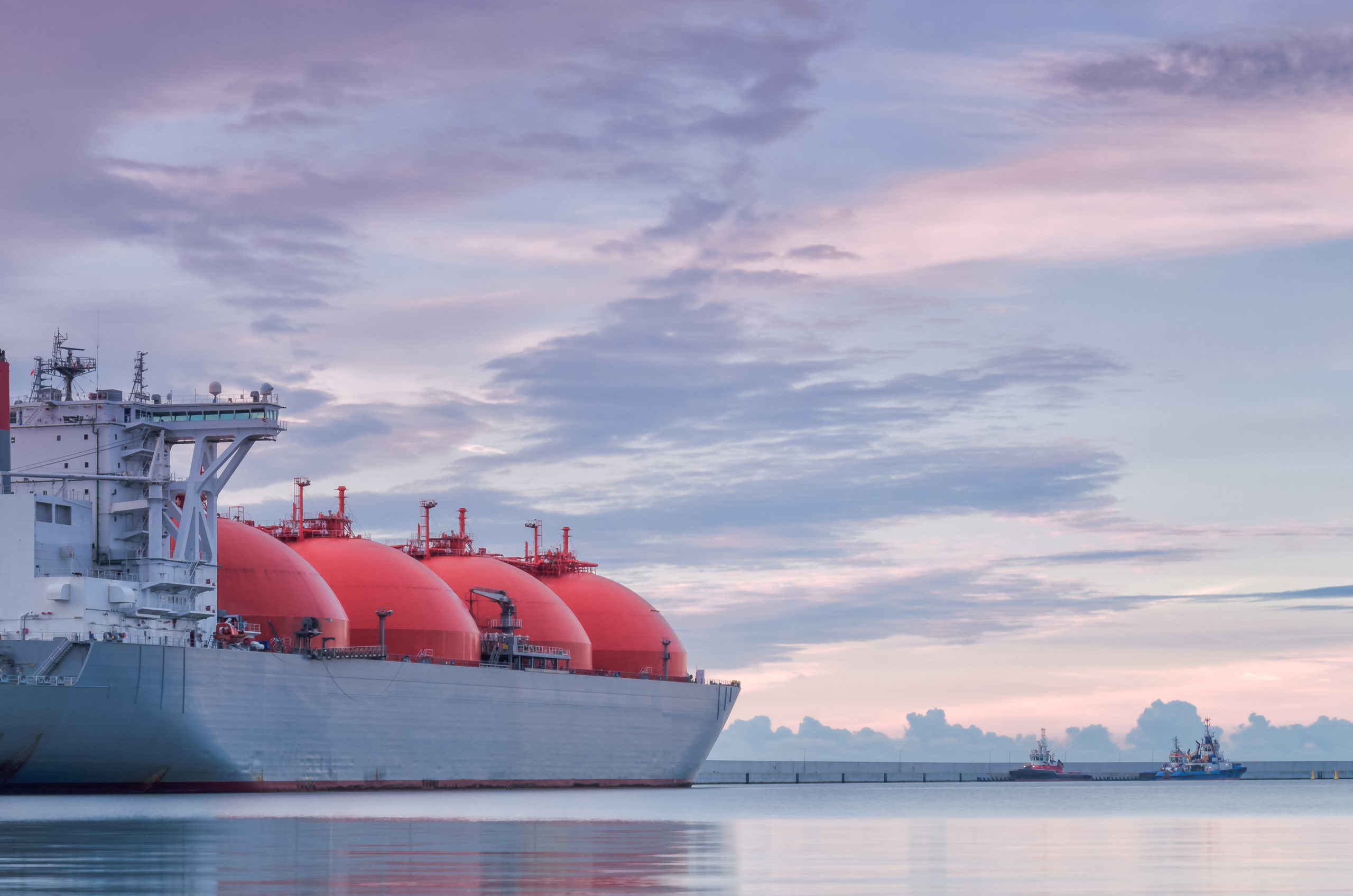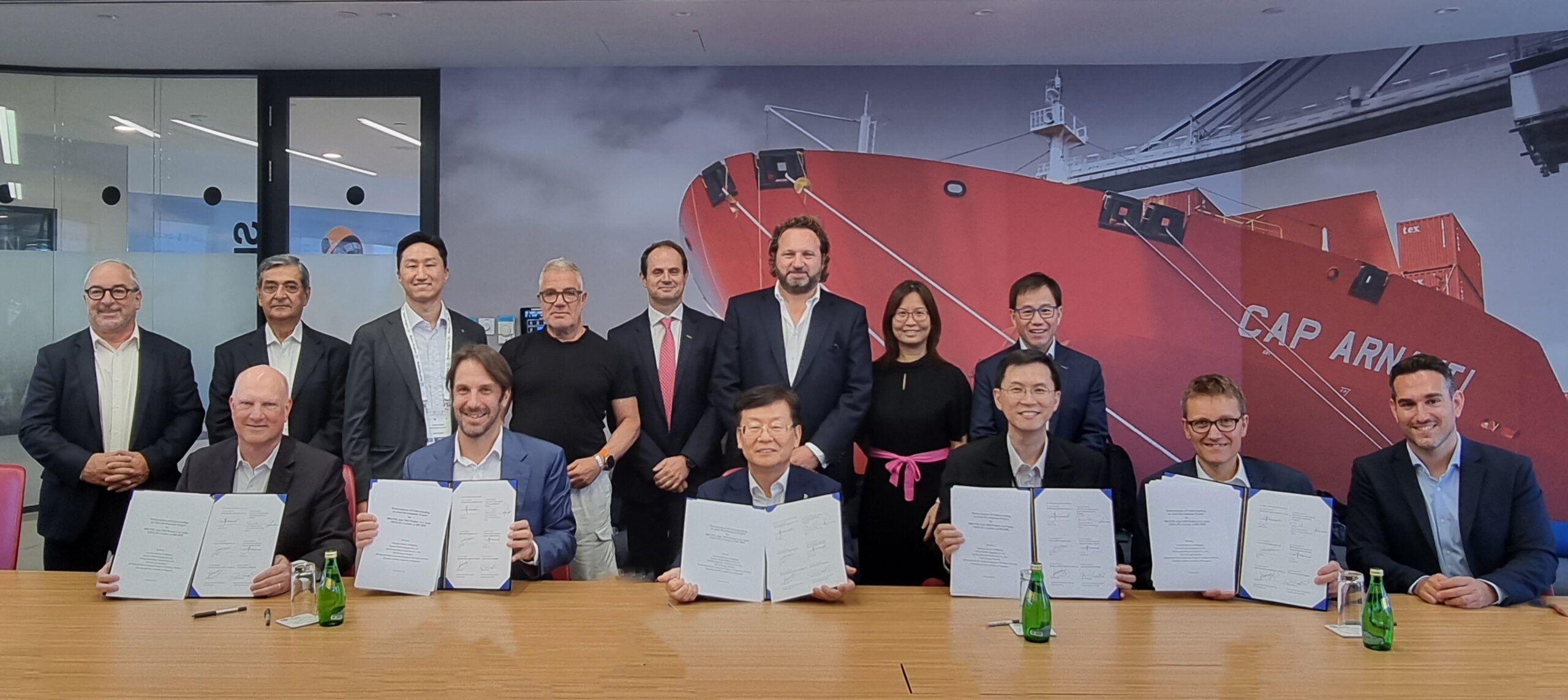Chevron Marine, one of the largest suppliers of marine lubricants, has released the latest in a series of white papers focusing on innovations and developments impacting the fast-changing shipping industry.
‘Lubricating dual-fuel auxiliary engines: a practical approach’ explores the unique challenge of using engines that run regularly on either fuel oils or LNG. Around three quarters of ships using LNG as fuel have dual-fuel, four-stroke engines. Depending on a vessel’s trade and location, owners and operators may not know what fuel they will use or for how long. In the gas carrier trade, for example, cargo owners can determine whether an operator can use the LNG cargo as fuel; if not, these vessels may regularly need to run their dual-fuel engines on residual or distillate fuels.
Adjusting lubrication to accommodate fuel changes in four-stroke engines requires careful planning to avoid complete replacement of the sump oil or running engines with a lubricant that is not matched to the fuel used, Chevron Marine has developed a practical solution to this challenge.
By following the correct guidance, operators of dual-fuel auxiliary engines using multiple fuel types can meet their lubrication requirements using only Chevron Marine’s Taro® DP and XL series of trunk piston engine oils for medium-speed engines. The four products in the series are compatible with each other, allowing operators to adjust the sump oil by topping up with the appropriate product.
Ian Thurloway, Brand, Marketing & Business Development Manager for Chevron Marine, said: “The challenge of lubricating dual-fuel auxiliary engines is just one example of how the widening marine fuel mix is adding complexity to ship operators’ lubrication choices. Chevron Marine’s work in developing a practical strategy, and the flexibility offered by deploying the Taro® DP and XL range, demonstrates the flexible solutions Chevron Marine is providing to help ship operators navigate these challenges.”
In accordance with the advice from many leading OEM’s on lubricating oils for dual-fuel four-stroke engines, engines running continuously on LNG should be lubricated with a low-ash engine oil, such as Chevron HDAX 5200. When running mainly on low-sulphur distillate fuels, these engines should use an oil specially formulated to handle the engine cleanliness and deposit challenges associated with these fuels, such as Chevron Delo 1000 Marine.
To maintain correct sump conditions and to ensure that the oil is handling other contaminants adequately, regular monitoring of the engine oil is essential. Chevron’s FAST® analysis programme provides reliable results within 48 hours of receipt via its online service. Its laboratories test several critical variables and deliver actionable recommendations that can help to extend the service life of oil.
Download the whitepaper, ‘Lubricating dual-fuel auxiliary engines: a practical approach’ by clicking here.


Header Image Caption: Chevron Marine’s recent work with dual-fuel four-stroke engines highlights a practical approach to these challenges

































